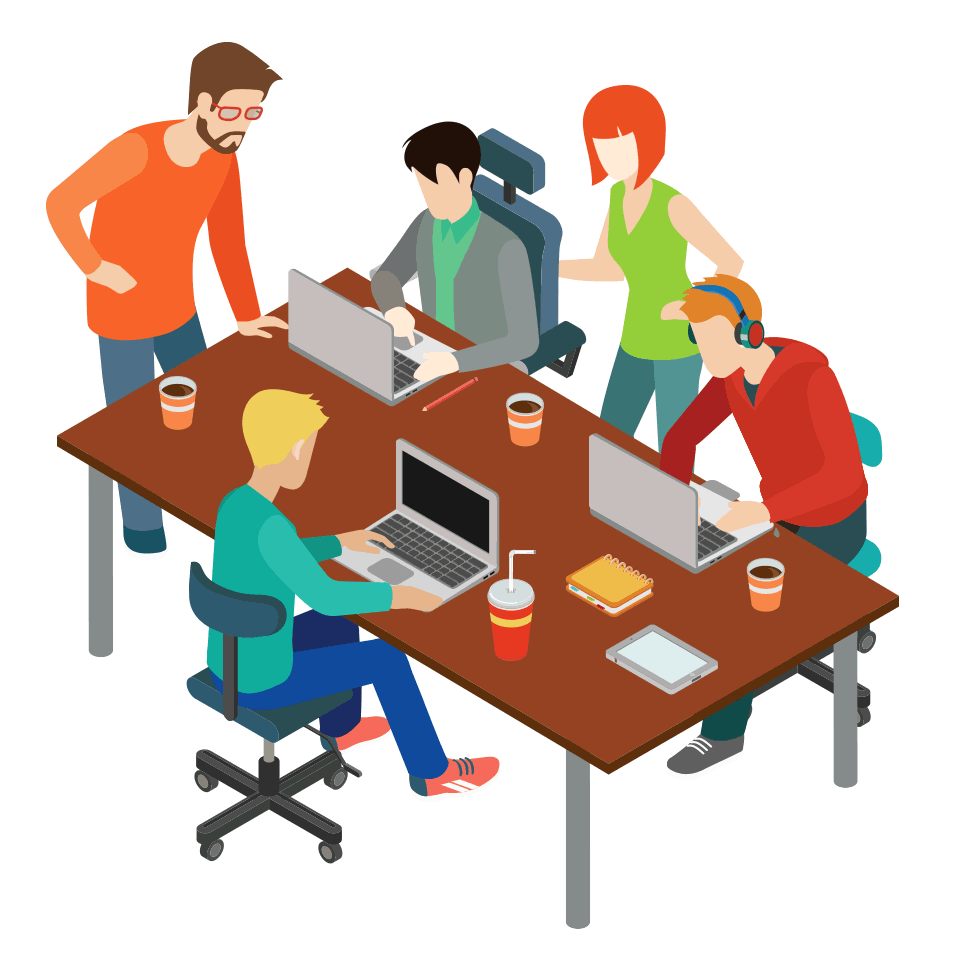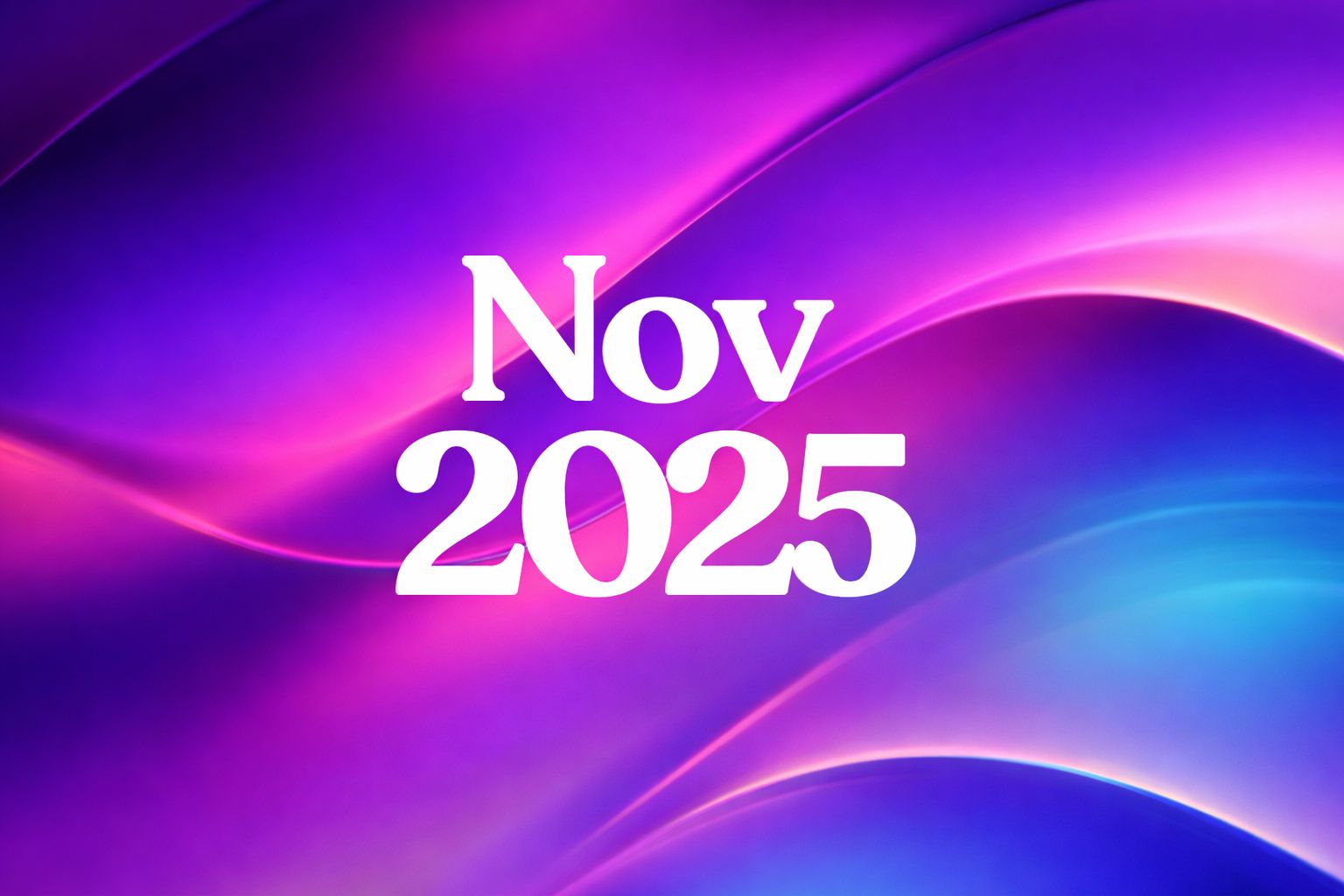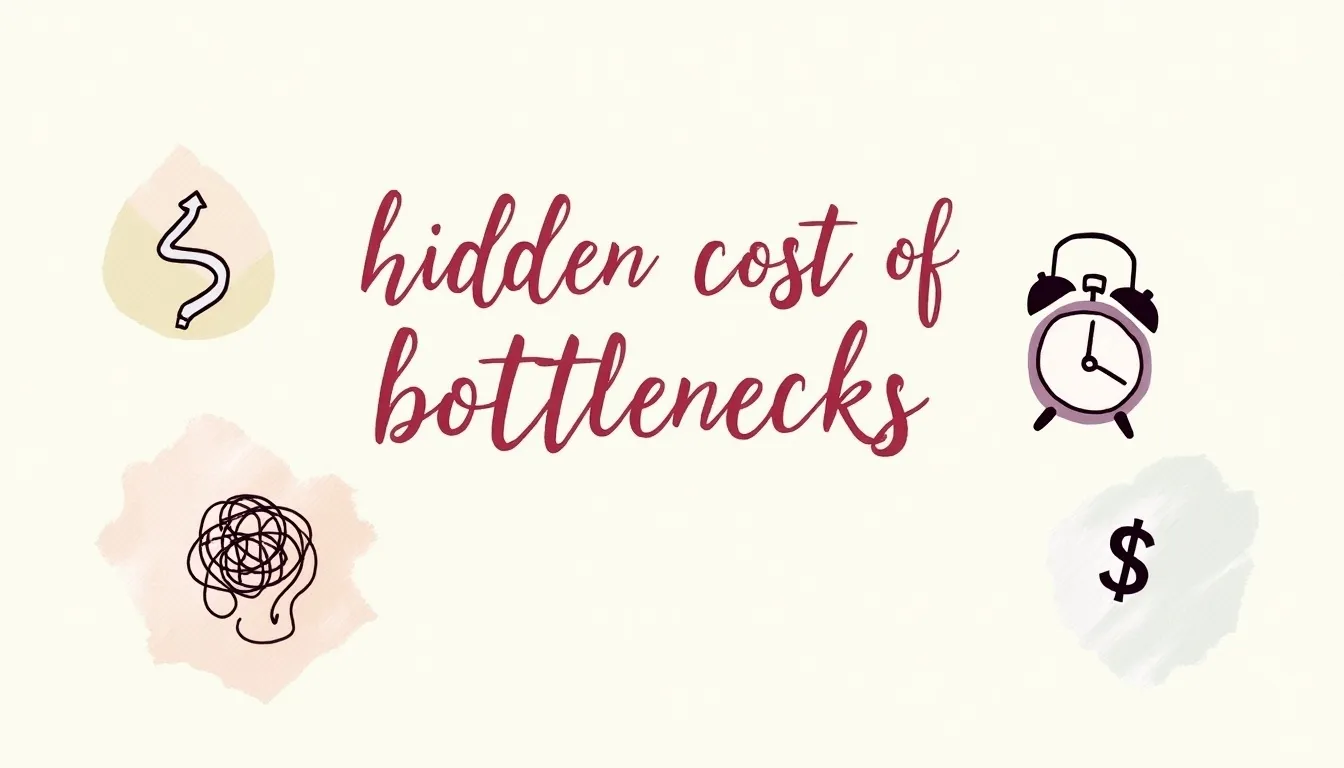The Design Thinking Process and the stages involved are quite renowned in the world of UI/UX designing. To put it simply, design thinking is a series of steps to identify and creatively solve user-centered issues. While design thinking is a key process in user experience/interaction (UX/UI) design, its principles derive from a variety of disciplines including architecture, psychology, and business. However, Design thinking and its respective stages are a progressive process that applies to almost any field concerning user-centered problem-solving. The design thinking process is primarily solution-based. This means it focuses on the outcome of the problem — or the solution — rather than fixating on the problem itself.
“Design thinking is a human-centered approach to innovation that draws from the designer’s toolkit to integrate the needs of people, the possibilities of technology, and the requirements for business success.”
– Tim Brown, CEO of IDEO Design Company
Draftss has also helped its clients to develop substantial e-commerce platforms with unlimited graphics designs. This includes illustrations, WordPress, HTML, and more for building your website, brand, etc. you can check on our website at draftss.
There are four rules of the design thinking process, and five concrete phases in problem-solving.
The Four Rules of the stages involved in the Design Thinking Process
Christoph Meinel and Harry Leifer of the Hasso-Plattner-Institute of Design at Stanford University (d.school) identified four rules of Design Thinking:
- The human rule: design is social in nature — problems must be solved in a way that satisfies human needs and acknowledges the human element in all technologies.
- The ambiguity rule: ambiguity is inevitable — experiment at the limits of our knowledge, the limits of our ability to control events, and with the freedom to see things in a different light.
- The re-design rule: all design is re-design — technology and social circumstances are constantly evolving. We need to understand how our human needs were met in the past.
- The tangibility rule: making ideas tangible facilitates communication — this directly refers to creating prototypes.

The Five Phases of Design Thinking:
The phases of Design Thinking that influenced the modern-day process were coined by Nobel Prize laureate Herbert Simon in 1969 and originally included 7 steps. Modern versions of the process include anywhere from 5-6 steps. For this article, we look through the simple 5 step process proposed by the Hasso-Plattner Institute of Design at Stanford.

1. Empathize the stages of design thinking
The empathize stage is critical to understand where the problems you are trying to solve come from. Immerse yourself into the life of your user to understand their problems. This can also be thought of as finding “gaps in the market”, where there are no straightforward product solutions to a given issue. Moreover, Identify the need and address it. This phase focuses on research.
2. Define the stages
Now that a need is identified and research is collected, you can define the problem in human-centric terms. You want this problem to be broad enough for a flexible and creative approach, but narrow enough to hone in on the problem’s niche.
An example of a successful human-centric problem definition could be:
“Professionals need a way to virtually take notes, mark their calendar, set reminders, and sync them for access on work and home devices to streamline organization.”
3. Ideate the design thinking process
Now that you understand your user’s problems and have analyzed your research, you can begin generating ideas to solve the defined problem.
Above all, it is a popular way to generate ideas is through brainstorming. Arrange a meeting with at least four people to start. Firstly, try to come up with as many phrases or word associations as you can — no limits, no rules! Bring in a couple of individuals from other teams. People with outside experience contribute valuable ideas by looking at the problem through an alternative lens. The ideate phase focuses on free-thinking and unconventional approaches.

4. Prototype of involved design thinking stages
Using the best ideas from the ideate phase, you can now produce several basic iterations of your problem-solving product. However, the early stages of the prototype phase are generally where user testing allows designers to identify kinks or missing elements of their designs. This stage focuses on experimenting by creating multiple approaches to solving the problem.
5. Test of the stages involved in the design thinking process
In the final stages involved in the Design Thinking process, designers now combine the best solutions from the prototype phase into one complete product. This phase involves the most user-testing.
However, the design thinking phases are not linear and the test phase is not a strict ending point. Often, testing the final product surfaces brings new problems. Even if designers do not need to backtrack to different phases, the test phase focuses on fine-tuning the product to create the best possible solution.

In a nutshell….
The design thinking process is non-rigid. Iteration is a crucial component of good design. Whereas each phase within the process requires multiple iterations in itself — creating multiple prototypes, generating new ideas for problem-solving, etc. Subsequently, this also requires going through the process multiple times in different orders. The steps do not have to follow any specific progression.
In addition to these properties, the stages involved in the design thinking process are an effective approach to tackling novel or ill-defined problems with no clear solution. But like humans, the dynamics of our social worlds are constantly changing. However, Design thinking allows for adaptability in problem-solving.
Moreover, in your business or personal projects, you will likely adapt to your own design thinking framework. Similarly, as you approach different user-centered problems, each might require a different framework. The beauty of the design thinking process is in its flexibility. The steps are a general outline and ultimately you will find what works best for you/your teams’ creative process.
You can try out draftss for an excellent experience and increase your product marketing. We provide premium quality services on unlimited graphic designs, WordPress, Webflow, HTML, Illustrations, Websites, Landing pages, Dashboards, App UI/UX, and many more. Here we provide our clients with 73+ types of design and code services.





















